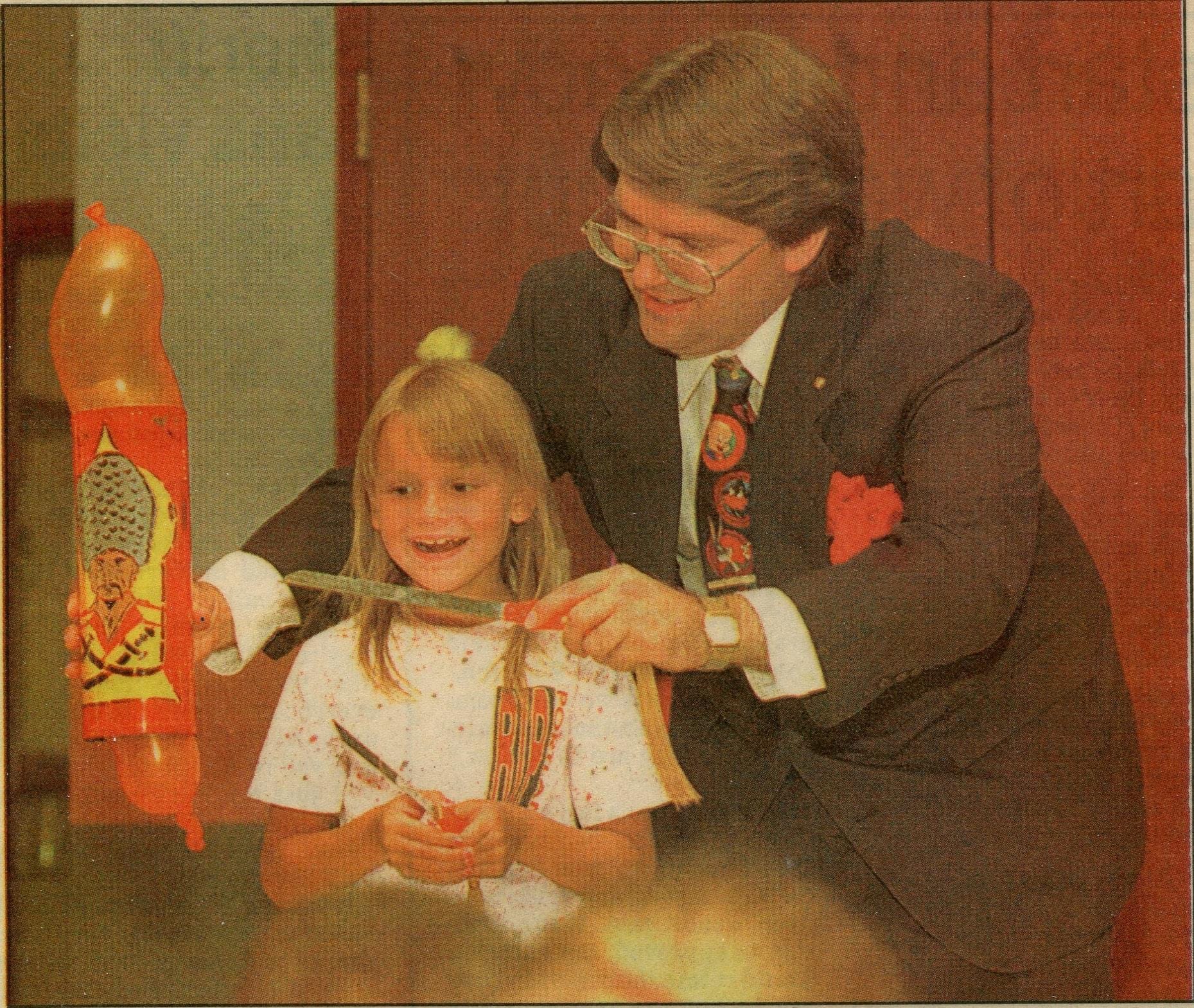Storytelling is a universal thread that weaves through countless forms of entertainment I've experienced first-hand—from magic shows to improv, puppetry, TV and film writing, acting, theater, clown performance, real-life storytelling, fiction writing, and podcasts. My journey through these creative pursuits has underscored a single truth: storytelling, regardless of the medium, is fundamentally about connection.sss
At the heart of every great story is character. Whether it’s a beloved protagonist in a book series, the lead in a TV show, or the narrator of a podcast, it’s the characters that keep us coming back. Plot and storylines may intrigue us, but it’s the characters—complex, relatable, and deeply human—that make us care. They’re the reason we invest our time and emotions into a story. If the characters don’t resonate, no amount of clever plotting can salvage the experience.
Just as crucial as character is setting. Setting shapes a story’s atmosphere and can either draw us in or push us away. Personally, I’ve noticed how much the tone of a story can be influenced by its environment. For example, I’m captivated by films with snowy backdrops—it’s a connection that stems from my childhood love of snow. On the other hand, I tend to avoid prison-based movies because the setting feels too confined and grim. Even in TV shows, subtle choices in setting can make a difference. I once watched a lighthearted crime series where the crime scenes were always set in daylight, which felt inviting and approachable compared to the dark, gritty settings that dominate many modern shows. Setting not only frames the narrative but also shapes our emotional response.
When experiencing a story, I give it about 5 to 15 minutes to hook me. If the characters or the actors portraying them don’t capture my attention, I simply move on. It’s a reminder of how crucial those first impressions are. Beyond the initial draw of character and setting, storytelling hinges on emotions and the human experience. We’re drawn to stories because they allow us to connect and empathize with others. Through characters, we experience situations and feelings we might never encounter otherwise. This connection transforms storytelling into an intimate, shared experience.
Emotions and sensory details play pivotal roles in making stories come alive. A character with flat emotions is uninteresting; we’re drawn to those who feel deeply, because their highs and lows mirror our own. Similarly, sensory details—sights, sounds, smells, tastes, and textures—immerse us in the narrative. They ground us in the world of the story, making it tangible and real. These elements allow us to not just observe a story but to live it, even if only for a moment.
Ultimately, storytelling is about tapping into what makes us human. It’s a bridge between individuals, connecting us through shared experiences, emotions, and senses. Across all the creative avenues I’ve explored, from stage to screen to page, the principles remain the same. It’s about crafting a human connection, building characters that linger in the mind, and immersing audiences in worlds they’ll never forget. That’s the essence of storytelling—and the reason we return to it, again and again.













